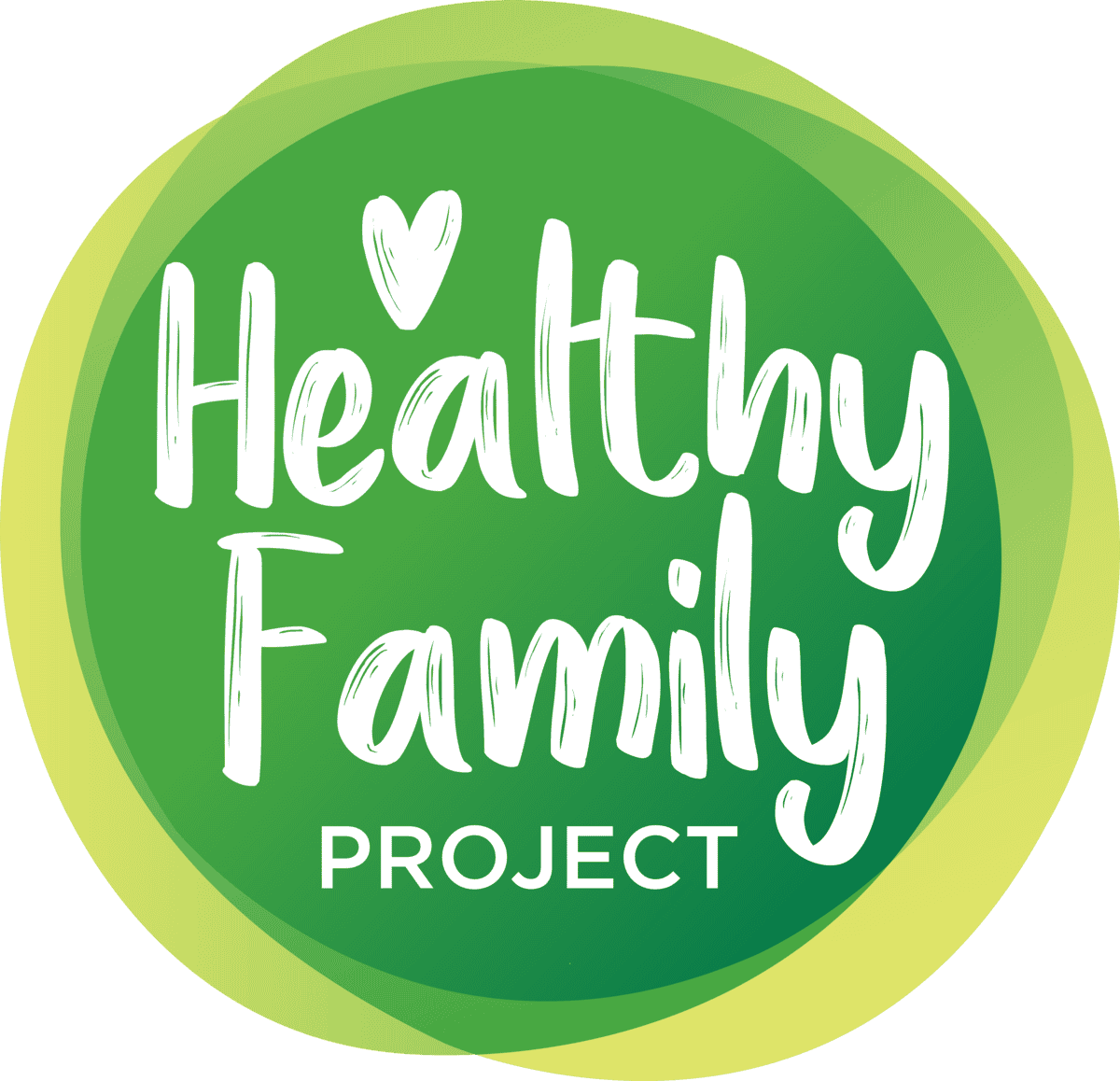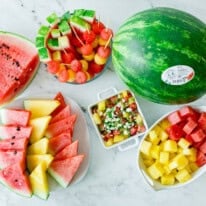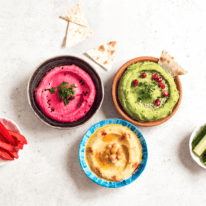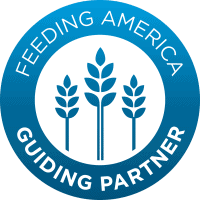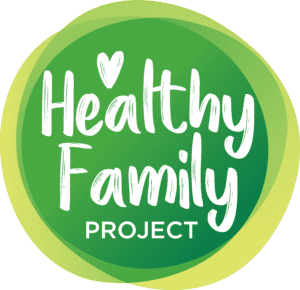How To Decode Food Labels
Registered dietitian Sally is here to discuss how to decode food labels all the new lingo in order to make your grocery shopping experience a little easier. As time goes on and research unfolds, we’ve been hearing certain terms and phrases pop up more and more when it comes to diet culture and our food consumption.
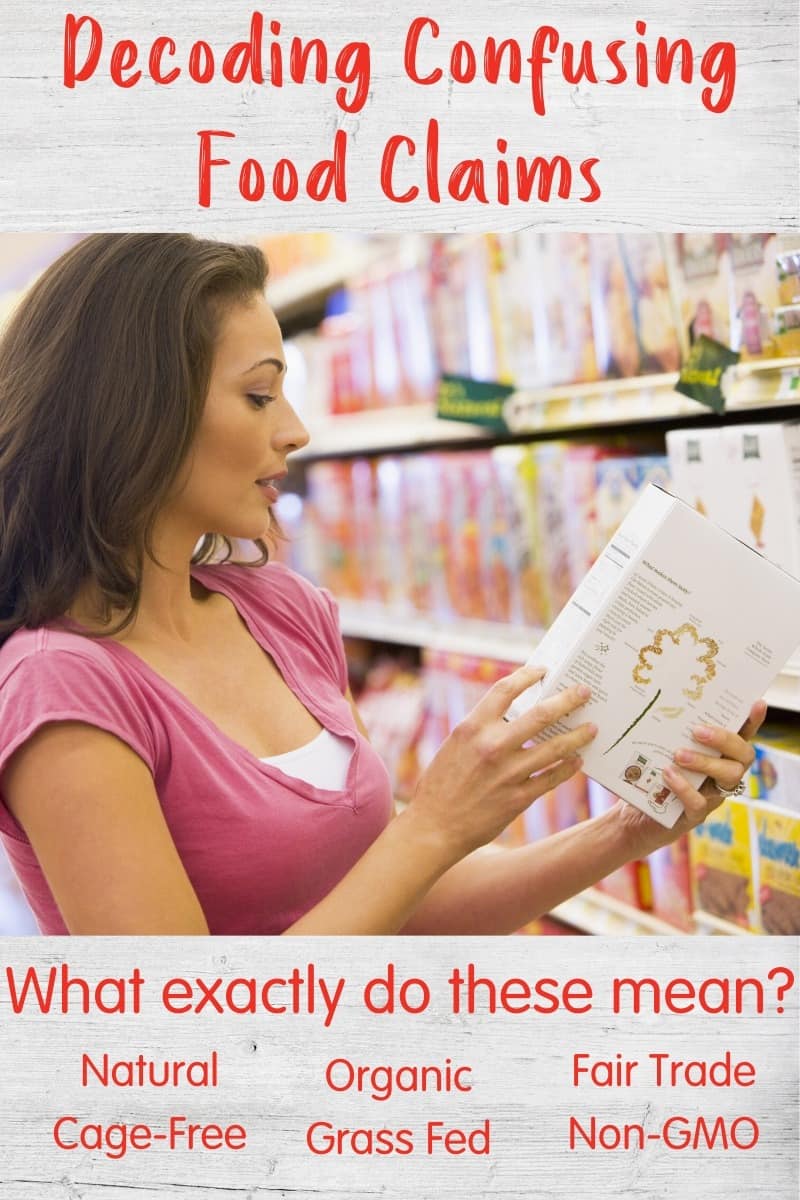
Food packages are covered with so many claims that can make a simple trip to the grocery store confusing and time-consuming. You want to make good choices for your family, but you don’t want to be fooled by marketing. So which claims are important–and which don’t mean much? Sally is giving us some tips on how to decode food labels.
Here’s what some of the most common and popular food label statements really mean.
Just remember that the front of the package is mostly marketing. To decode the food label, it’s important to flip over the package and read the ingredient list and nutrition facts panel.
NATURAL
This only means the product doesn’t contain anything man-made, such as synthetic food dyes. It doesn’t mean it’s healthy, organic, or simple, and doesn’t relate to farming practices or nutritional value. In fact, items labeled “natural” may still be loaded with sugar and sodium and contain very few nutrients (case in point: some sodas and potato chips are labeled “natural”).
ORGANIC
On plant foods, it means they were grown without the use of synthetic fertilizers and pesticides. With animal foods, it means those animals didn’t receive any antibiotics or growth hormones or eat anything grown with synthetic fertilizers and pesticides. The organic seal means that the USDA has certified the farm as organic.
CAGE-FREE
On eggs, this means that the hens were not kept in enclosures (cages), but they may still live indoors. “Free-Range” eggs come from hens that are given access to the outdoors–but it doesn’t mean they went outdoors or that the outdoor environment was nicer than a concrete slab. If you’re looking for eggs from hens that foraged outside for at least part of the time, look for a “Pasture Raised” claim.
GRASS-FED
This one is tricky because all beef cattle eat grass for a certain amount of time. Most cattle are then transitioned to grain for the rest of their lives, but some are kept on grass. If that’s what you’re looking for, you’ll want to seek out 100% grass-fed beef, sometimes called “grass finished” beef.
NO HORMONES ADDED
On beef or milk, it means the cattle weren’t given supplemental hormones to increase their growth (or milk production). On poultry, it’s just marketing because poultry aren’t allowed by law to be given hormones anyway. And keep in mind that “hormone free” milk and meat don’t exist because animal products naturally contain hormones.
NON-GMO
This means the food isn’t genetically modified or doesn’t contain GMOs (genetically modified organisms). GMOs are the result of plant breeding that transfers traits, like the ability to resist certain kinds of pests, from one plant to another by changing the DNA. There are only a handful of genetically modified food crops including corn, soybeans, potatoes, papaya, canola, sugar beets, alfalfa, summer squash, and a non-browning apple. But many packaged foods contain ingredients made from genetically modified corn, soy, and sugar (like corn syrup and soybean oil).
Keep in mind that you’ll see this label on lots of foods that don’t have a GMO counterpart anyway, so it’s just used for marketing purposes.
FAIR TRADE
If a product is fair trade certified, it means that it was made according to certain social, environmental, and economic standards. That includes safe conditions for workers and sustainable farming practices.
LOW SUGAR
You might also see similar claims like “Less Sugar” or “Lower Sugar”. They’re often used when the product contains a combination of both regular sweeteners (like sucrose) and artificial sweeteners. That allows them to lower the added sugar content and keep the product sweet, while masking the aftertaste of artificial sweeteners. If you see this claim but want to avoid artificial sweeteners, check the ingredient list for sucralose, acesulfame potassium, or saccharin.
BEST BY
This claim causes a lot of unnecessary confusion and food waste. The “Best By” date has nothing to do with how safe the product is, it’s about the quality of the product. Manufacturers include this date on packages so you know when the item will be at its freshest and best-tasting. It doesn’t mean it’s unsafe to eat after that date. For instance, the USDA says eggs can be kept refrigerated for 3-5 weeks, even if the “best by” or even “sell by” date expires in that time.
MADE WITH REAL FRUIT
This claim can sometimes be found on products like gummy fruit snacks, cereal, and yogurt. It does not necessarily mean the item was made with actual, whole fruit. In some cases, it simply means that the product is sweetened or flavored with fruit juice concentrate, which is more of an added sugar than a source of fruit. In other words, you aren’t getting the health benefits (like fiber and vitamins) of the real fruit.
MADE WITH WHOLE GRAINS
This does not necessarily mean it’s predominantly a whole grain product, so you need to check the ingredient label. This claim can be used if the product is mostly refined grains, along with some whole grains in the mix too. Look at the first ingredient: If it’s a whole grain (such as “whole wheat” or “whole oats”), it’s mostly whole grain.
LIGHT
This label is tricky because it has a few different meanings. It can mean that the product contains half the fat and calories of the regular version. It might also mean that the sodium has been cut in half. But in the case of olive oil, the term “light” simply means it’s lighter in color and flavor. It doesn’t mean it contains fewer calories or grams of fat than regular olive oil does.
FREE
Whether it’s “gluten-free”, “dairy-free”, or “soy-free”, this is one of the most popular labels on products right now. These designations are helpful if you’re trying to avoid those ingredients. Otherwise, it doesn’t mean the product is better for you than the regular version or that the product is particularly wholesome and nourishing.
